
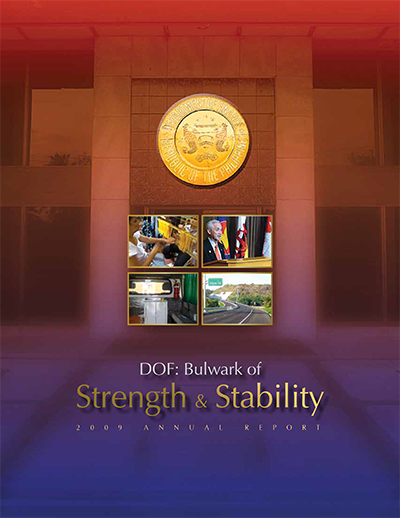
Economic Highlights: In 2009, the Philippine economy felt the full brunt of the global financial crisis. Real GDP growth declined to 1.1 percent from 3.7 percent in 2008. However, this growth rate was better than those of the countrys peers in the ASEAN region whose economies contracted, like that of Thailand (-2.3 percent), Singapore (-2.0 percent), and Malaysia (-1.7 percent). The strong performance of the services sector as well as the stimulus program implemented by the government, which fuelled higher government consumption and investments, sustained economic growth. The economy also derived strength from the comprehensive economic reforms that were firmly put in place as far back as the 1990s, which have made the economy less vulnerable to external shocks.
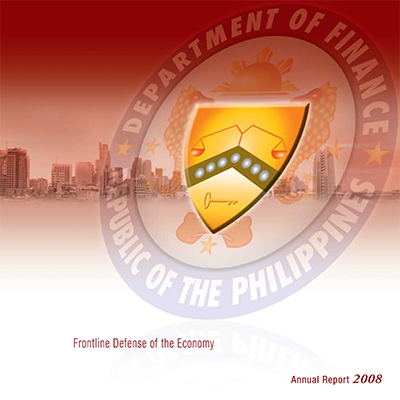
Economic Highlights: In 2008, the US economy fell into recession, prompted by the worst financial crisis since the Great Depression. This sent ripples of turmoil across the globe, dampening growth prospects for the rest of the world economies.The Philippine economy was no exception as the crisis brought myriad of challenges, including uncertainties in the labor front with a number of Overseas Filipino Workers (OFWs) losing their jobs in host economies, as well as the steep decline of the export sector. In spite of the negative developments, the economy managed to post a modest 3.8 percent real GDP growth, a deceleration from the 7.1 percent expansion in 2007.Growth remained broad-based, fueled by industry and services, growing 5.0 percent and 3.3 percent, respectively. On expenditure side, government consumption, private consumption and investment were growth drivers, as exports posted a 1.9 percent decline.
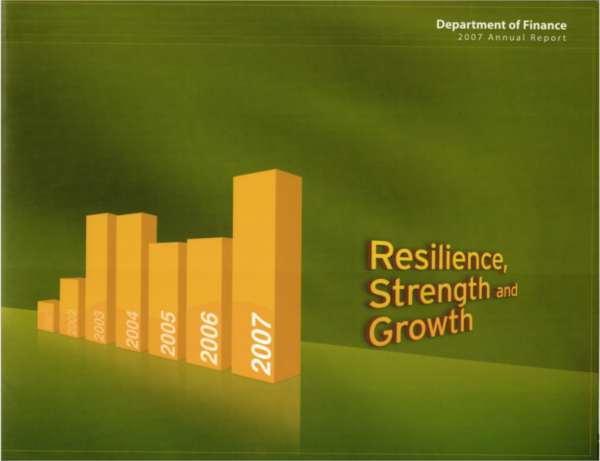
In 2007, the Philippine economy withstood the threat of soaring oil prices, a lackluster US economy, and a host of domestic challenges. In fact, the
country’s gross national product (GNP) accelerated by 7.8 percent while gross domestic product (GDP) expanded by 7.3 percent, the highest growth in 31
years.
A more aggressive infrastructure program and increased spending brought
about by a stronger budget in2007 boosted economic activities during the year.
After having been constrained by the re-enacted budget in 2006, government consumption expenditures and fixed capital investment gained ‘10.0 percent
and 9.5 percent, respectively, in 2007.
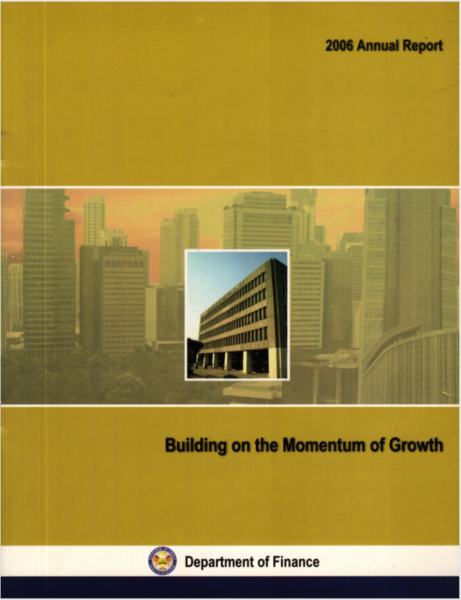
In 2006, the Philippine economy sustained its growth momentum despite continuous threats from both internal and external fronts. The country’s real gross domestic product (GDP) posted 5.4 percent growth in 2006, from 4.9 percent in 2005, while real gross national product (GNP) grew by 6.2 percent compared with 5.6 percent in the previous year.
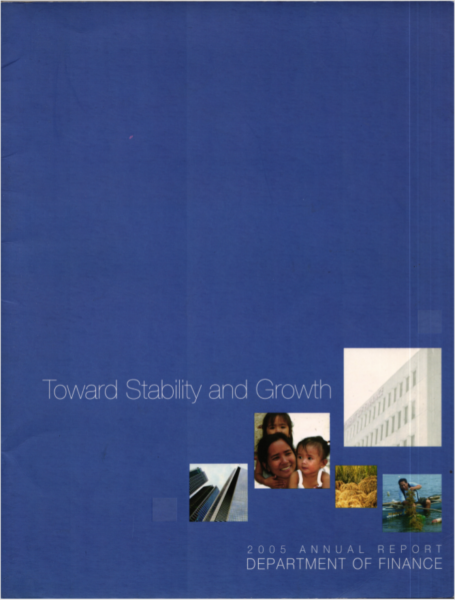
The Philippine economy sustained its growth momentum in 2005, posting 5.1 percent increase in real gross domestic product (GDP) and 5.7 percent in real gross national product (GNP) amid harsh conditions like soaring oil prices and the political bickerings that dominated the headlines starting from the middle of the year. The 2005 expansion, though, was lower than the 6.0 percent GDP growth registered in 2004 as weaker exports, particularly the electronics sub-sector and slowdown in investments dragged economic activities during the year.



